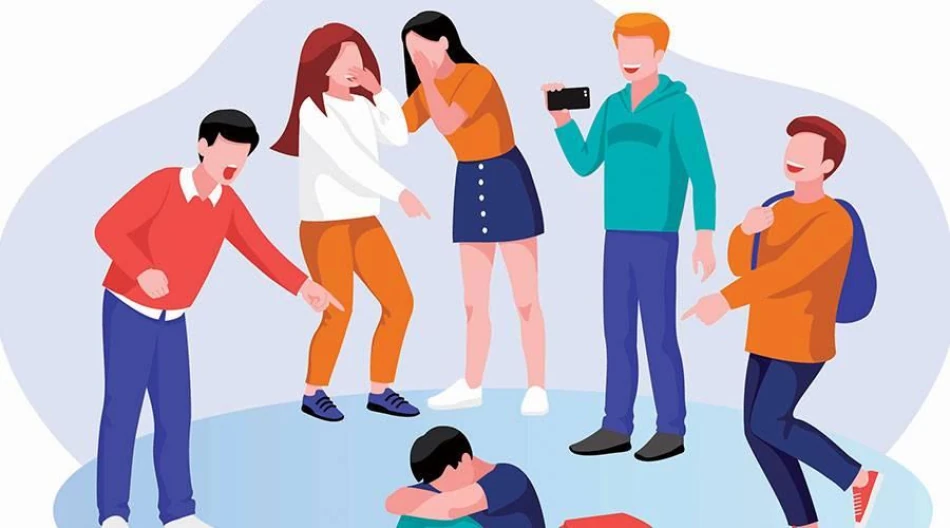
Schools Empowering Students to Combat Bullying Threats
Schools across the region have launched comprehensive awareness campaigns to tackle bullying, teaching students to recognize different forms of harassment and encouraging them to speak up. The initiative aims to create safer learning environments where mutual respect becomes the norm rather than the exception.
The campaigns include dedicated counseling sessions and classroom meetings where teachers break down what bullying actually means. They're not just talking about obvious physical aggression – the sessions cover verbal abuse, social exclusion, and psychological intimidation. Teachers use role-playing scenarios and video clips to help students understand the difference between harmless joking and harmful behavior.
School counselors are emphasizing that bullying isn't just a one-time incident. It's a repeated pattern where someone deliberately uses their power – whether physical strength or social status – to hurt or control others. This distinction matters because it helps students recognize when they're experiencing or witnessing actual bullying versus normal social friction.
The awareness sessions categorize bullying into direct and indirect forms. Physical bullying includes hitting, kicking, or throwing objects. Material harassment involves hiding or damaging personal belongings. Verbal abuse covers insults, harsh criticism, and calling people names they hate. Then there's gestural bullying – threatening looks, inappropriate gestures, or deliberate exclusion from groups.
But counselors say social bullying poses the biggest threat. This involves manipulating relationships and forming alliances against specific students to isolate them or turn others away. The psychological damage from this type of harassment often runs deeper than physical harm and can affect students long after they leave school.
Schools are also sending daily messages through digital platforms and communication groups. These brief reminders encourage kindness, respect for others, and zero tolerance for abusive behavior. The constant reinforcement helps keep anti-bullying awareness front and center in students' minds.
This coordinated approach reflects growing recognition that bullying prevention requires more than just punishment after incidents occur. By teaching students to identify different forms of harassment early, schools hope to create a culture where bystanders become allies and potential victims feel empowered to seek help.
Most Viewed News

 Omar Rahman
Omar Rahman






